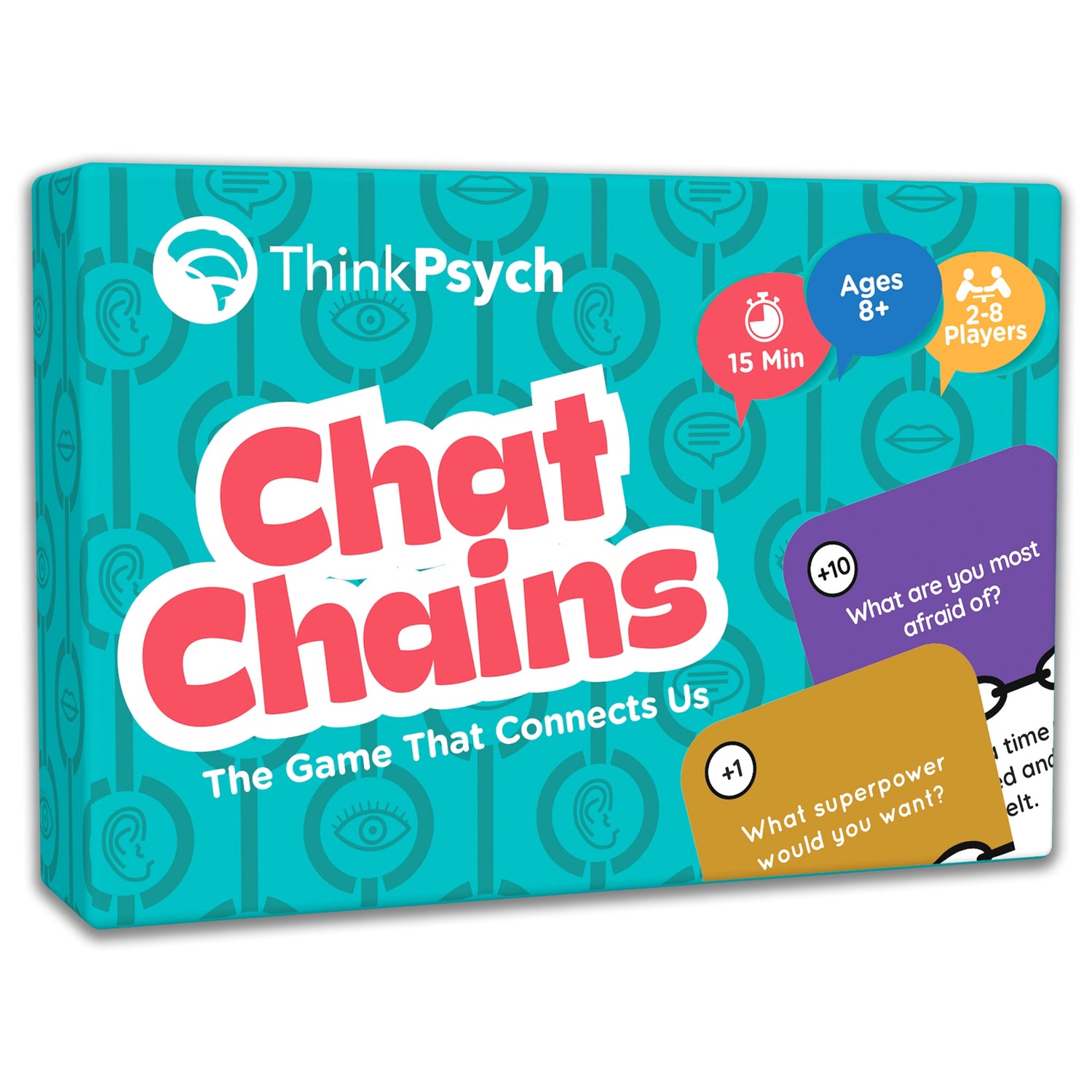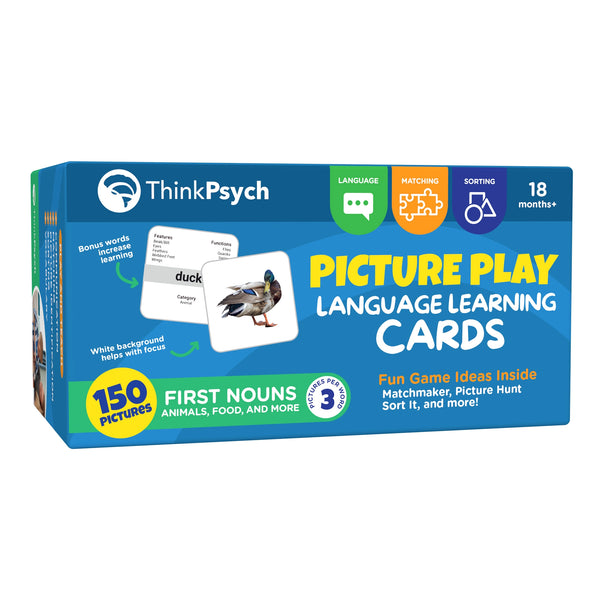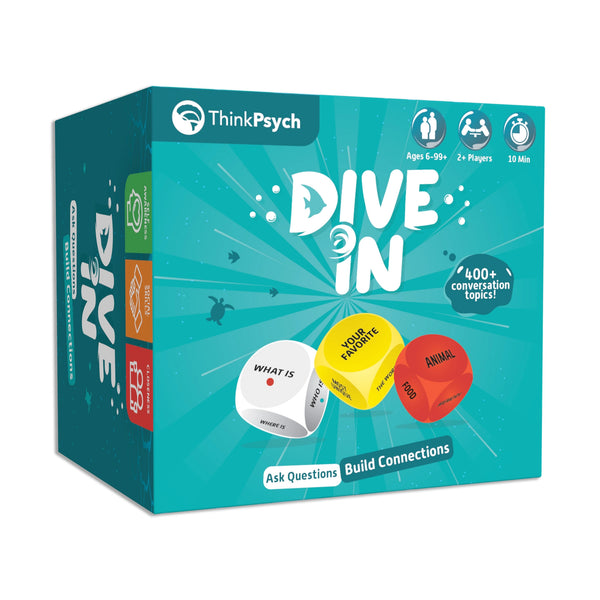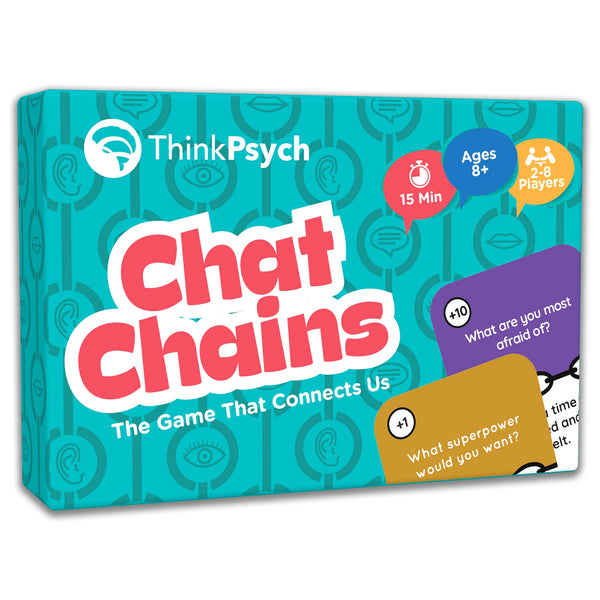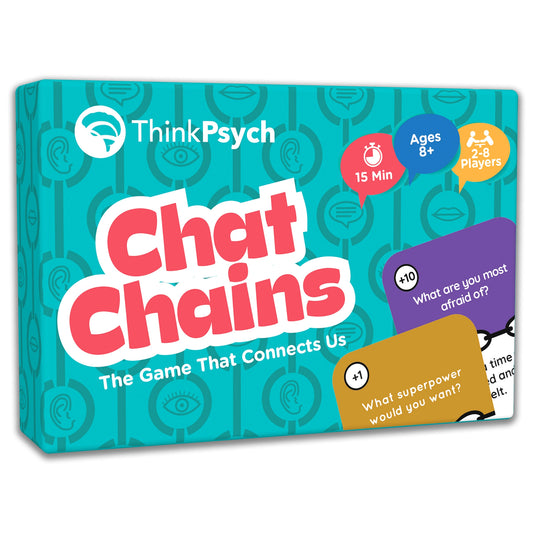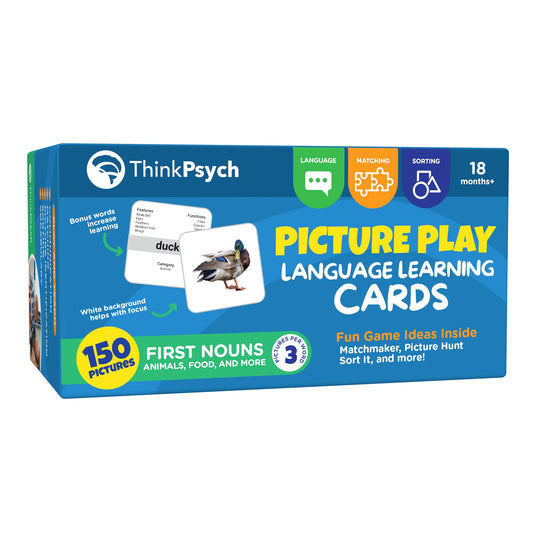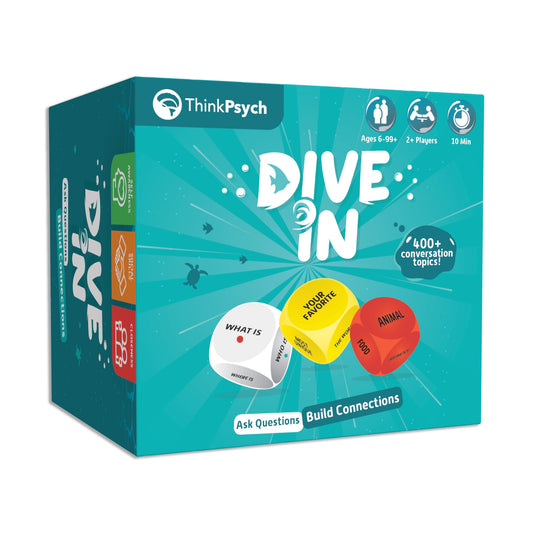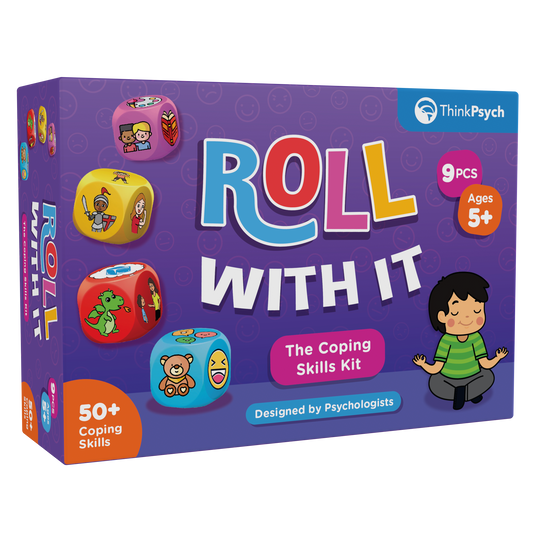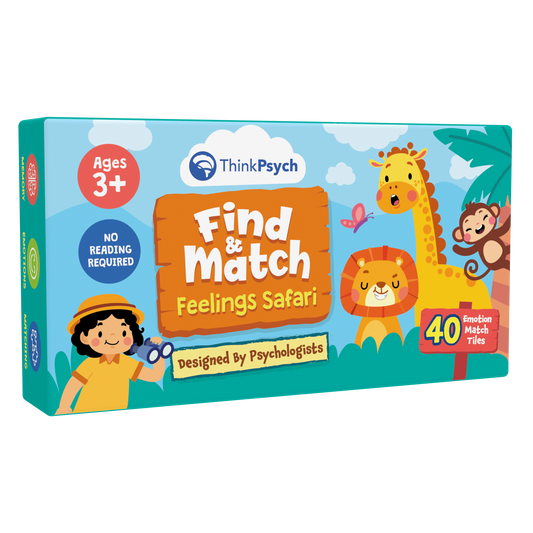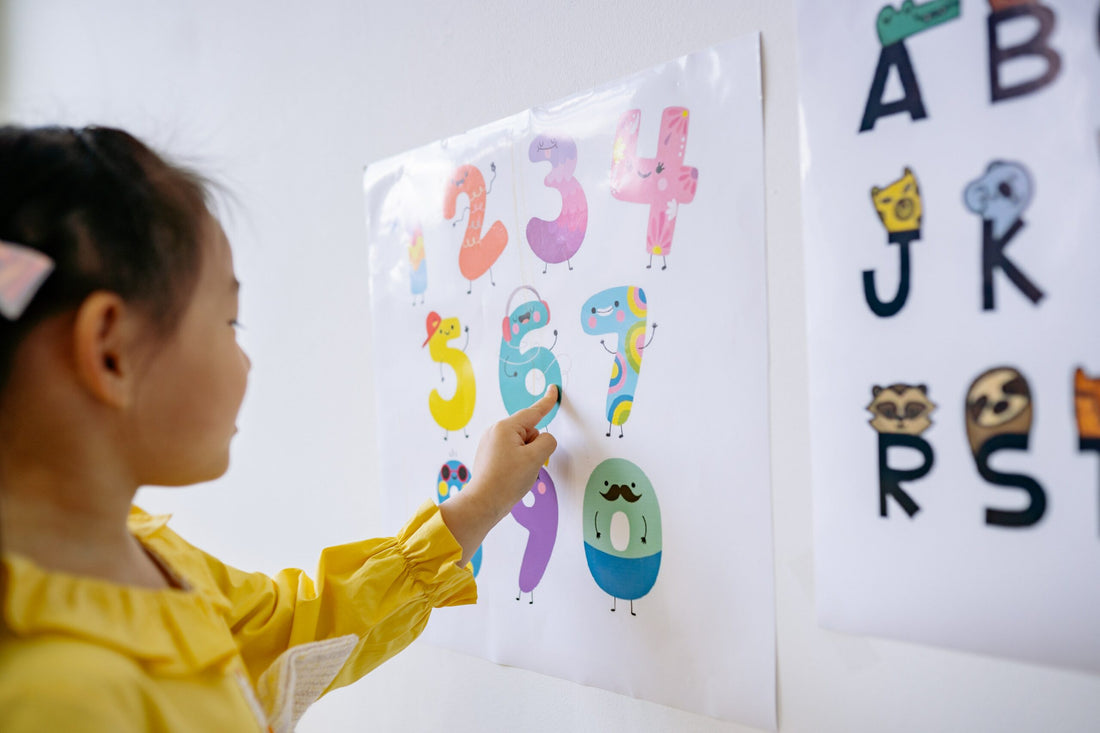
Discrimination Training in ABA
Share
What is Discrimination in ABA?
Discrimination, in laypeople’s terms, has a negative connotation. However, discrimination in Applied Behavior Analysis (ABA) has a much different meaning. Discrimination in ABA refers to the ability to distinguish between two or more stimuli. Stimuli can be anything in one’s environment-food, toys, pictures, people, or anything else. When a child says “ball” in the presence of a ball but does not say “ball” when they see a blanket, they demonstrate discrimination between the stimuli.
Imagine a baby who learns her first words, “dada” and “mama.” The baby begins saying “dada” and “mama” indiscriminately all day. They might say “dada” when they’re tired or say “mama” for their dad to pick them up. This shows a lack of discrimination in associating these words with their meaning. Soon, however, the baby begins associating “mama” with their mom and “dada” with their dad, demonstrating discrimination. This association occurs through discrimination training.
What is Discrimination Training?
Discrimination training is a common ABA technique therapists use to teach learners to differentiate between stimuli. Discrimination is essential to learning skills, from simple mands to receptive and expressive language and even more complex multiple-step tasks.
As a generalized skill, discrimination training is essential to teach. When a child has learned to discriminate between stimuli when taught via listener responding, the goal is for them to generalize that skill to other verbal operants. For example, suppose the child can receptively identify shoes and coat when presented as 2D picture cards. In that case, they are more likely to generalize that skill to following instructions with their actual shoes and coat, such as following the instruction “go get your shoes.”
The discriminative stimulus (SD)
Discrimination training is conducted by teaching the child to respond in a particular way in the presence of an SD. A discriminative stimulus, or SD, is a signal that reinforcement is available. When an SD is present, you are more likely to engage in particular behaviors than you would otherwise.
Here are a few examples
| SD | Behavior | Reinforcement Accessed |
| Your phone rings | You pick up the phone & click answer | Talk to an old friend |
| You tell your son he needs to put his shoes on first, then you’ll go outside | Son puts shoes on | Play outside |
| A box of cookies is on the counter | Child says “Cookie!” | Mom gives the child a cookie |
In each of these examples, the person is less likely to engage in the behavior if the SD is not present. In the second example, your son would be less likely to put his shoes on if you did not tell him that putting shoes on would mean he could go outside.
How do we teach discrimination?
We teach discrimination through systematic steps and reinforcement. Essentially, reinforcement is provided in the presence of one stimulus but not in the presence of others.
If a child is learning to tact (label) everyday objects in their home, we would work on teaching them to discriminate between things that they already know and new ones they’re learning. Let’s imagine we’re teaching the child to tact furniture-bed, couch, and chair. To teach the child to discriminate among these stimuli, we would provide reinforcement when the child labels each item correctly and withhold reinforcement when they label incorrectly. For example, when the child points to the chair and says “Couch,” reinforcement is not provided. The therapist would likely correct the response. However, when they point to the chair and say “Chair,” the therapist would praise and provide reinforcement, perhaps tickles and high-5s.
Discrimination training in ABA process
Each child’s programs are created uniquely based on their identified skill strengths and needs. Therefore, not everyone’s method of teaching discrimination will look the same. However, often this starts by teaching a child to discriminate between 2D picture cards, like these first nouns picture cards. Once the child has mastered this, they progress to generalizing the skill with 3D objects in their environment.
Shop ThinkPsych Products
Discrimination training for receptively identifying picture cards may look like this:
Step 1:
The therapist places one target picture (i.e., shoes) in front of the learner and gains their attention.
Therapist: “Touch ball”
Child: Touches ball
Therapist: “Yes! Super job, you touched the ball.”
Typically, the therapist would use errorless teaching to ensure the learner responds correctly and accurately identifies the picture.
Step 2:
The therapist places one target picture and one distractor card out in front of the learner. The distractor might be a blank card or another picture. Again, this will depend on the learner’s individualized needs.
For this example, we’ll have the therapist place the target picture of shoes with a distractor card of a bed.
Therapist: “Touch ball”
Child: Scans the two pictures and touches the ball
Therapist: “Wow, you got it! That’s the ball!”
Step 3:
Once the child can discriminate between two pictures, the array increases to 3. The same process as step 2 continues with increased numbers of distractors. When the child masters receptively identifying a ball in a field of 3 or more, that target is mastered. They then move on to the next target.
Discrimination training is a primary goal of early learner ABA programs. While it can look different for each learner, it is an essential component of beginner language acquisition.
References
Cooper, J. O., Heron, T. E., & Heward, W. L. (2019). Applied Behavior Analysis (3rd Edition). Hoboken, NJ: Pearson Education.
https://study.com/academy/lesson/discrimination-learning-definition-examples.html
